Everything about the new Habit has been completely redesigned
Brand new for 2019, everything about the latest Cannondale Habit is completely redesigned. The bike has an entirely new frame and 4-bar suspension layout.
>>> mbr Trail Bike of The Year 2018: best full-suspension mountain bikes
Watch: 2018 Trail Bike of the Year
2019 Cannondale Habit need to know
- Habit frame uses a new-to-Cannondale four-bar suspension design, rather than the brand’s traditional single pivot design right across the range.
- Each size is uniquely optimised for different rider shapes and weights, right down the suspension kinematic and pivot point placements.
- All frames in carbon and aluminium allow for full size water bottle and are reasonably low slung for better standover clearance.
- New Habit range packs high-end bling models, but also extends down to very affordable £1,700 price point for aluminium version.

The Habit’s gone Horst Link
As mentioned, the new Habit has an entirely new frame and suspension layout and has also dropped a heap of Cannondale’s proprietary technology including its signature, one-legged, Lefty fork.
Rolling on 29er wheels on the majority of sizes and models, the new Habit is a pure trail bike. With 130mm travel at both ends, the chassis also has plenty UK-friendly mud clearance and can accept 27+ tyres up to 2.8in wide.

Headline news is how the new Habit has switched suspension design from Cannondale’s typical single pivot to a four bar design with a Horst link pivot; a change that allowed more options to tune the way the bike responds under braking and acceleration according to Cannondale.
In many ways, despite the brand new suspension design, the latest Habit represents a simpler, back to basics, approach from Cannondale. Some will be sad to see the brand’s unique proprietary tech and design give way to a more generic (if more commercially appealing) look, but the American’s long history of in-house technologies often brought an extra level of complexity that was difficult to explain to the end consumer.

The Habit gets straight to the point though, focussing on trail bike essentials of geometry and sizing, in a package Cannondale reckons is easy to live with and more durable than previously.
There’s little radical in terms of sizing or geometry, but (like most new bikes) a steeper than previously seat angle, and relatively slack, 66-degree, head angle. The chainstays are 435mm – a pretty ballpark figure for a bike with similar intentions. The front triangle is either Cannondale’s BallisTec carbon fibre, or shaped aluminium with smart-formed aluminium rear stays and forged alloy rocker links.
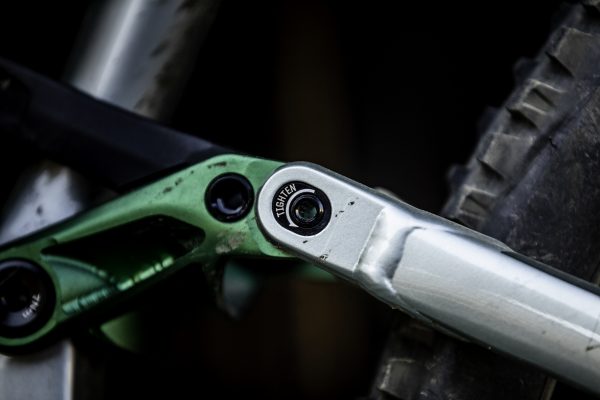
‘Proportional response’
One area Cannondale couldn’t resist something totally different to the competition is its detailed tuning for different shaped and sized riders. It’s well known different rider weights require different suspension spring rates, damping settings and tyre pressures. With the new Habit, each individual frame size is optimised through the sizes, using something the brand calls ‘Proportional Response’.
With rider weight accounting for a huge proportion of overall system weight, it’s totally logical that a smaller, lighter rider riding the same suspension layout as a taller, heavier rider will have a completely experience. Cannondale performed a huge study of rider centre of gravity and analysed, with telemetry and video, the way rider weights and positions changed and moved around while riding.
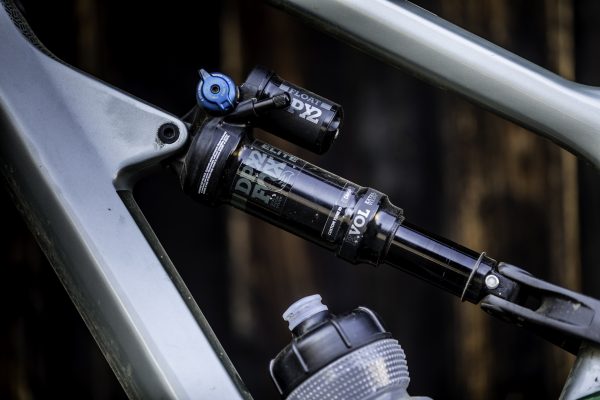
The results concluded that, in general, smaller riders experience worse suspension performance under braking, whereas taller, heavier riders experience worse pedalling performance. In order to address this imbalance, the brand offers a completely different suspension layout on every size of the new Habit.
As far as we’re aware, while other brands change elements of sizing and tuning like different shock damping tunes or increasing chainstay lengths, this suspension ‘anchor points’ tuning is a world-first and unique in the industry.
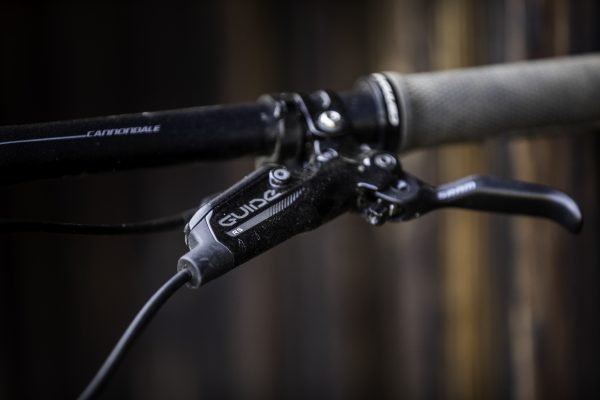
After conducting a comprehensive study to determine the real centre of gravity for all sizes of riders, Cannondale concluded the rider is around 85% on average of the bike/rider system weight. Engineers shifted the suspension pivot points around (mostly up and forward as sizes increase) to play with the instant centre location (the 4-bar suspension design’s virtual pivot point) so taller riders get slightly more support pedalling, and lighter riders a reduction in the effect of binding the rear suspension under braking.
This adds complexity to the design and build process, but makes total sense in terms of how the bike ought to behave on the trail (assuming designers have done their homework correctly). Another factor to Cannondale’s attention to detail is the smallest frame size gets a reduced BB drop and smaller 27.5 wheels to optimise rider position on the Extra Small frame.
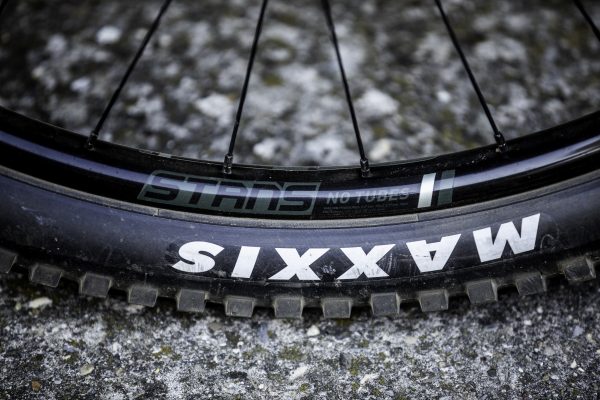
Further technical details on Habit frames include the use of a flip chip to tune geometry. This is cleanly implemented at the top of the seatstays for a ½-degree head angle change and 5mm BB drop – it’s largely designed for less tall 27.5+ tyres, but can equally be used to tune the shape and handling if needed. The bottom bracket drop on the 29-er is a healthy 38mm, which keeps rider weight low for a more planted feel in the corners too.
Another area where Cannondale couldn’t resist further tinkering for marginal gains is concerning the drivetrain and rear wheel positioning. Something called ‘Ai’ describes the way the brand offsets the drivetrain by a further 3mm over Boost 148 spacing. And with the front chainring further outboard of the bike, the chainline to the cassette is better optimised, spoke brace angle is improved on the rear wheel and engineers get more room to broaden the main suspension pivot for better stiffness and stability.
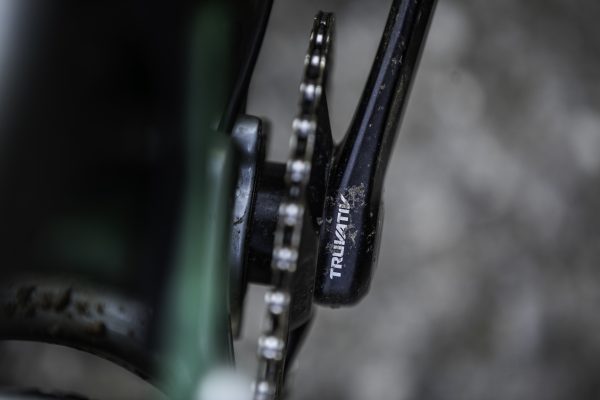
Ai uses a completely standard rear Boost axled wheel, but does require the rim to be re-dished to get the wheel perfectly centred. With grippy 3C compound Maxxis WT Minion/ High Roller II tyres hooking up well on dusty terrain at the launch, Ai didn’t stop us from unwinding the rear spoke tension on the Stan’s Arch MK3 wheels and losing one spoke altogether on the bike park-style descents in Germany.
To be fair, some of the tracks we got to sample the Habit’s attitude on out in Germany were gondola uplifted and fairly steep in places, with bermy, rough and blown out sections equally suitable for enduro rigs. After a full day’s riding up and down on the £4,400 Carbon 2 model, we got a good feel for suspension and grip.

Early verdict
The main vibe is that it’s pretty efficient and pedals really well with good neutrality and bites in on loose, stuttery surfaces, without any weird pulsing or lumpy behaviour even under hard efforts. The frame feels stiff and responsive through turns, and pumps and punches through holes and compressions very well without unsettling rider weight. The latest Habit rides neutral, is quick over the ground and the suspension feels smooth and comfortable, without ever giving up its travel too easily in the midstroke.

Overall first impressions are the new Habit is a well-sorted trail bike that’s not rewriting the rulebook, but totally nailing the essentials and will make good sense to a lot of UK riders.
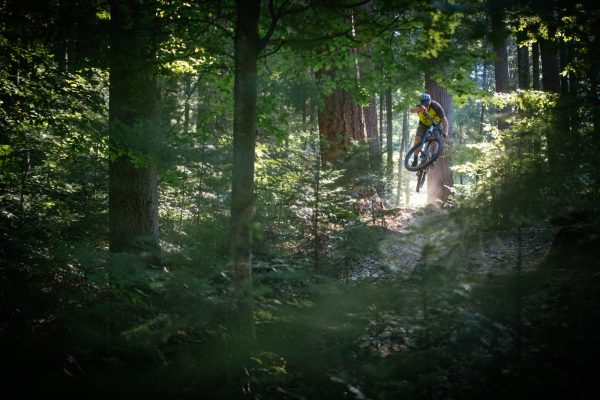
Prices start at a very competitive £1,700 for the cheapest full aluminium version too; a model that maintains the majority of the 4-odd grand Habit’s attributes, but cuts costs with more affordable parts and tyres.



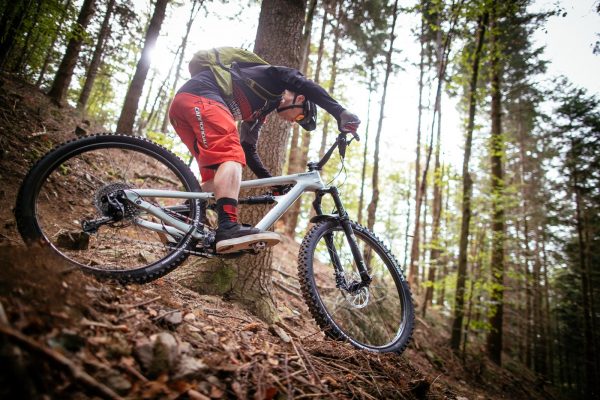
You can read a full review of the Habit 4 in next month’s MBR magazine.




